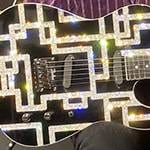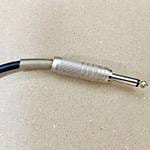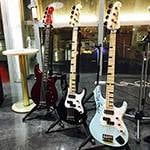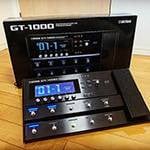u-he Bazille is a software synth that’s in the category of semi-modular synths. In this article, we will take a look at modular synths.
Modular Synths
Early synths were called modular synths and consisted of units called modules. Each module was stacked in a box as shown in the photo below. By connecting each module with a phone cable, various sounds could be created. However, as the number of cables increased, visibility became poor, and the complexity outweighed the appearance. As a result, there are cables everywhere, and to check the connections, you have to follow each cable with your eyes. You have to get used to the process, which is exactly like checking an electrical circuit. But it's not all bad; you become more aware of the underlying low-level technology. Bazille dares to retain the traditional cable connections. The reason for this is it’s out of respect for the synths of the past, and it’s also so we remember the sound creation process of those days. If we pursue only efficiency, we will end up thinking alike and lose the diversity of ideas. Bazille conveys the idea of “learning from the past”, plus something extra. By the way, u-he has a modular synth called Zebra, which was created based on a different way of thinking, and it’s capable of creating sounds with a modern way of thinking, which is the exact opposite of Bazille.
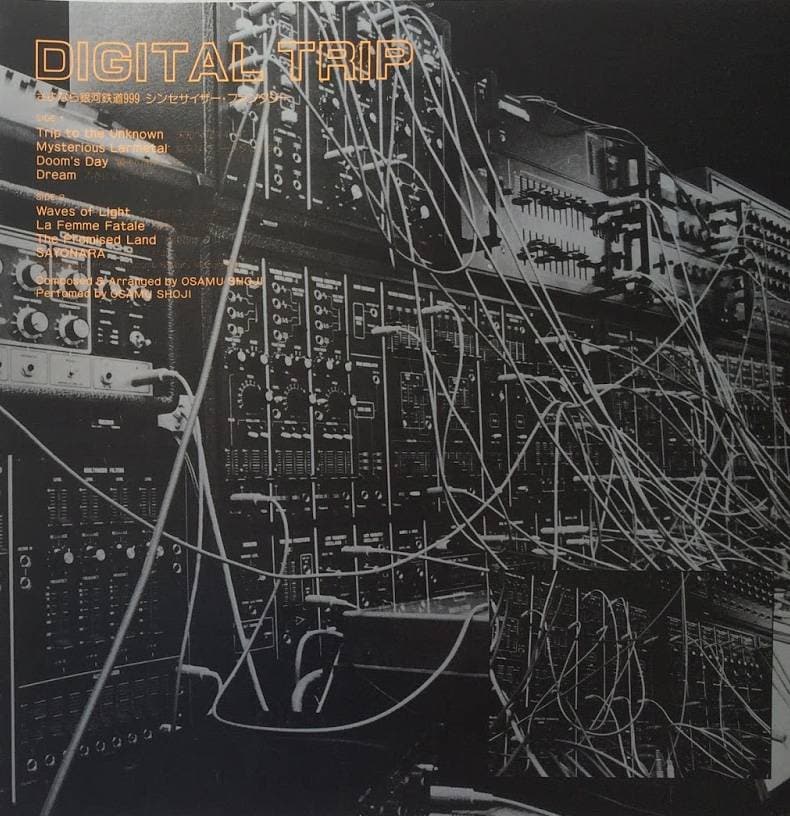
Osamu Tokaibayashi “Sayonara Ginga Tetsudou 999 Synthesizer Fantasy” jacket photo
Semi-Modular Synths
Modular synths are complicated, huge, and expensive. Semi-modular synths are easier to use, with each module pre-wired, compact, and inexpensive. The number of usable modules is basically fixed, so the degree of freedom in setting up the synth is reduced. The photo below shows the ARP2600 semi-modular synth that inspired Bazille.
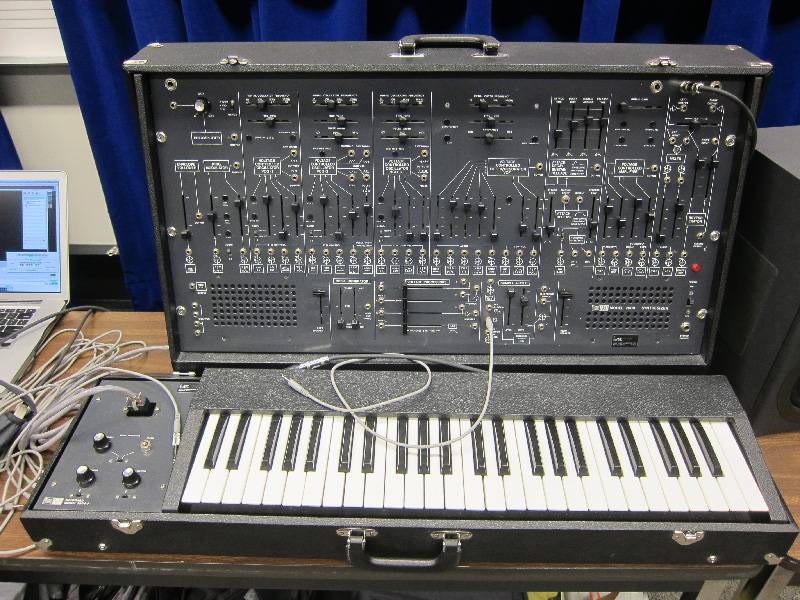
ARP 2600, CC BY-SA 2.0 (Source: Wikipedia)
On the ARP 2600, each module is pre-connected so that sound can be produced without inserting a cable. When you want to change the connection method, you can use a cable. Bazille is a similar concept, but the controls are pre-connected and the audio signals are not.
Early analog synthesizers were usually monophonic due to their circuitry, but Bazille is software and can handle up to 16 chords. However, most of the modules are monophonic, and stereo support is limited to a few, such as amplifiers and effects.
Each jack on the Bazille is distinguished between input (white) and output (red), but you are free to choose where to plug it in. This allows for some rather strange connections and accidental fun, and it inherits the true appeal of modular synths.
Eurorack
Modular synthesizers seemed to have met their demise in the late 1970s because they were so expensive and huge, but since the 2000s, they have been revived in the form of the Eurorack, a small, mini-plug-based standard, and new ways of using them are being explored. Its handling requires a different way of thinking than that of existing musical instruments. The performance, where sound creation and songwriting are integrated, has a unique feel that cannot be found anywhere else.
Personally, I think the idea of modular synths is as close to programming as possible. This is the kind of work that creates an algorithm by the way the modules are connected, which is the minimum instruction. At Eurorack, there are not only classic analog single-function modules, but there are also many complex modules that make use of digital technology, which increases the complexity, but it also expands to unexplored territory.
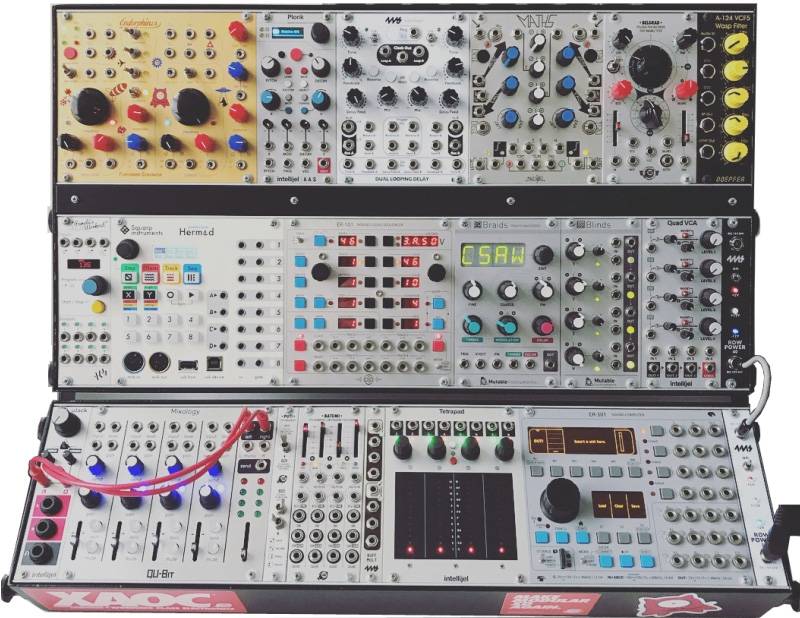
Eurorack, CC BY-SA 4.0 (Source: Wikipedia)
Bazille requires a modular synth mindset
Bazille's modules consist of relatively classic modules. The limited number of modules requires a lot of trial and error. This is not a bad thing, as it allows for a speedy and purposeful approach with minimal learning costs.
Also, in Bazille, audio and control signals are treated equally as voltages, rather than having to be considered separately, as is the case with actual modular synths. If you are only familiar with MIDI-controlled synths, you may feel uncomfortable with a specification that makes no distinction between these types of signals. Also, the concepts of gate and trigger are also important. These classic specifications make few promises, so rather than thinking about them in your head, you should first connect them and see what happens, and often interesting effects will happen by chance. On the other hand, they are also suited to the method of building by logic. Modular synths seem to have the nostalgia to accommodate both programming extremes.
Oscilloscopes
An oscilloscope is indispensable for modular synthesizers. It is used to check signal voltage, waveform, timing, etc., rather than to check the sound. Bazille's oscilloscope connection point is fixed after the amp output and before the FX input. This means that it cannot be used to check voltage and synchronization at arbitrary points. However, being semi-modular, once you understand the behavior of the limited number of modules, you will not have much trouble. Also, the amplifier cuts DC, so it is not suitable for checking the behavior of modules. It would be easier to use it for experiments if it had multiple inputs separately, so I am looking forward to the next version.
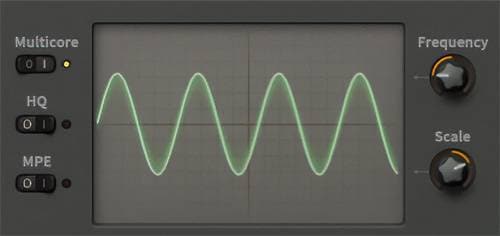
Basically a subtractive analog synth
Although Bazille is an FM/PD digital oscillator, it is mostly composed of analog modules that can be described as classical. Therefore, after the output from the oscillator, it can be thought of as a subtractive synth. Since it is semi-modular, it covers everything a normal subtractive synth can do. Below, I would like to cover a few things that are difficult to do with a normal subtractive synth.
Sequencer
One of Bazille's unique modules is the sequencer. This is not a classical module, but a software module. It’s a 16-step sequencer, but it’s polyphonic and can be used to create 8 patterns, which can then be modulated and morphed. There are also four voltage output terminals for a variety of uses. It is necessary to change the way of thinking from a normal arpeggiator.

Below is an example of polyphonic, where various sounds are mixed together, but a single tone is used to play a chord. This is an example of how modular synths can be used to create sounds like multiple units.
Looping Envelopes
At first glance, Bazille's envelope looks like a normal ADSR, but like the ARP2600, it has a looping function that allows it to be handled like an LFO.

It can be used in a variety of ways, depending on your ideas, but in the sample below, it is synchronized with the rhythm to create a sequence-like effect. No delay is used.
Using an oscillator as an LFO
Since the oscillator can be used as a fixed frequency or handled at extremely low frequencies, it can also be used as an LFO with no sense of pitch. Above all, it can be used as a strange LFO because of its high degree of freedom in waveforms.

Using the filter as an oscillator
Since the filter is analog modeling, it can create a pitch by self-oscillating. However, its attack is delayed, so its use is limited. So, taking advantage of the ability to input anywhere, I put an envelope into the filter to create a fast attack.
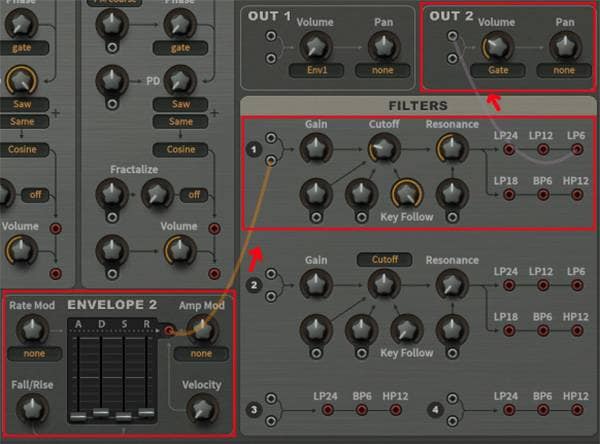
SAMPLE & HOLD
S&H (SAMPLE & HOLD) is a classic style with a wide range of applications. On many synths, for ease of handling, noise is used as the input signal that’s fixed in a setting that triggers a pulse wave, and often built into the LFO. In Bazille, you can put anything into the input signal, so if you put in a sawtooth wave, you get a low-bit sound. It can be utilized in a variety of ways depending on your creativity. The fact that the module only has input/output terminals makes it feel like a modular synth.
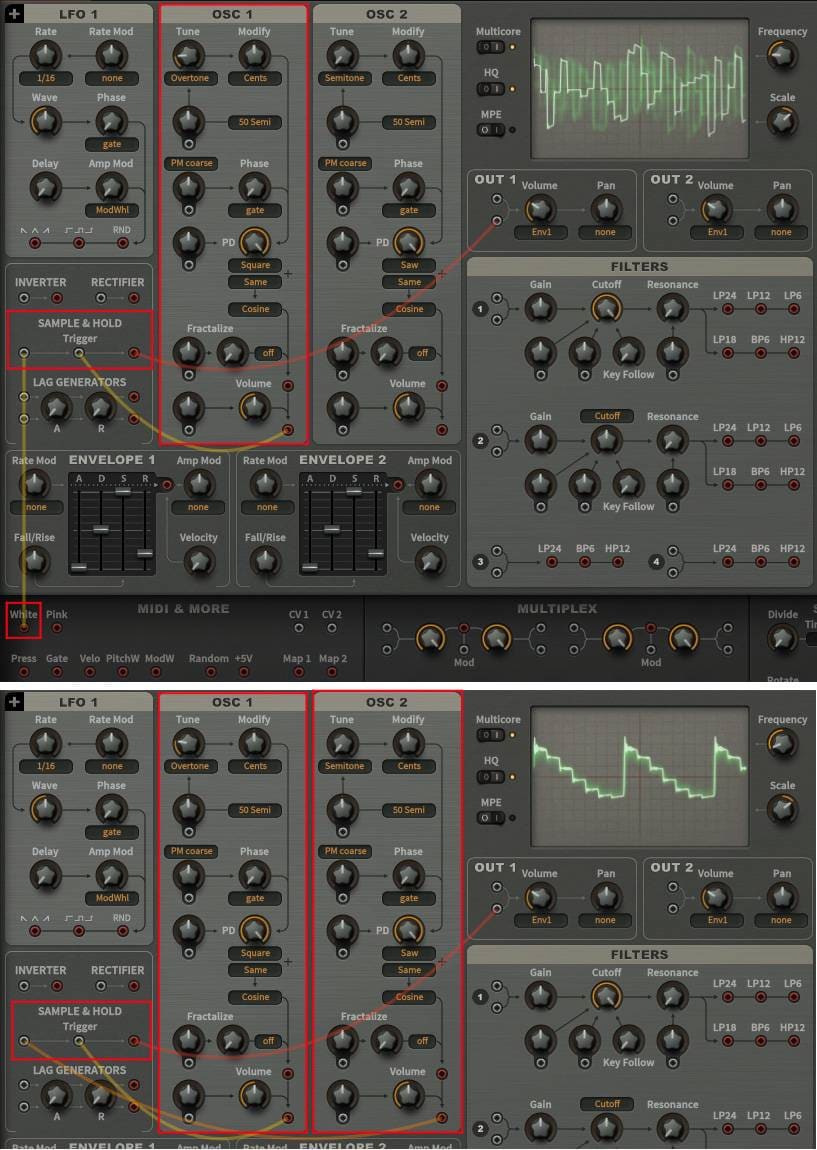
Map Application
Next to the sequencer is a unique module unique to the software. There are two bar chart-like maps available, with a resolution of 2 to 128 on the horizontal axis and -100 to 100 on the vertical axis. It has a wide range of unique applications. It can be used for melodies, oscillator waveforms, LFOs, keyboard controllers.

The sample is an example of playing a melody on the map.
Bazille Summary
There are other fascinating modules such as Spring Reverb, Ramp, and Multiplex, but there is no end to them, so I will skip them. Each of Bazille's modules is flexible and allows for more complex settings than it appears. In particular, by making full use of feedback connections, sounds that are difficult to achieve with other synths can be obtained, and they all have a chaotic, analog-like sound. The number of modules is not that large, but they are well thought out, so you will rarely feel jipped. However, you will need to dig in and learn each module in order to master its use. Knowledge of synths from the 1970s and 1980s is especially essential, and it can be said that it’s a rather challenging synth, but it’s an interesting synth for those who are interested in synths from that era.
The “sound & person” column is made up of contributions from you.
For details about contributing, click here.





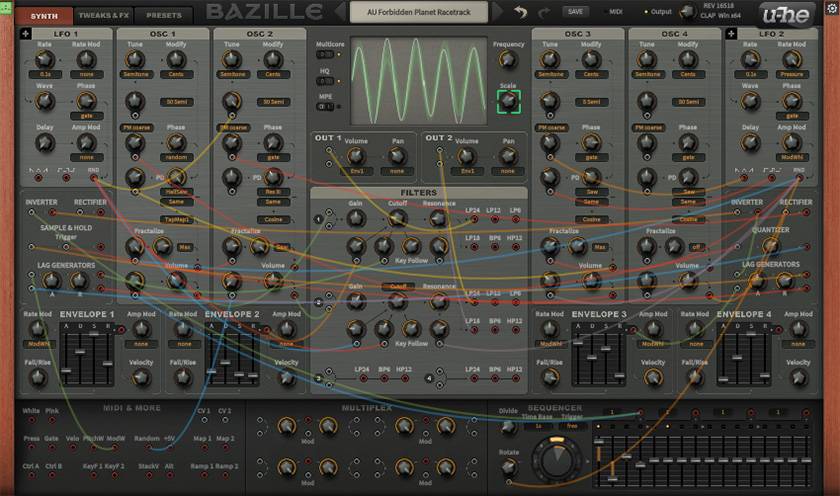

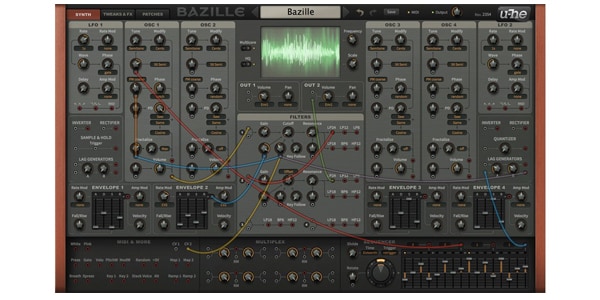
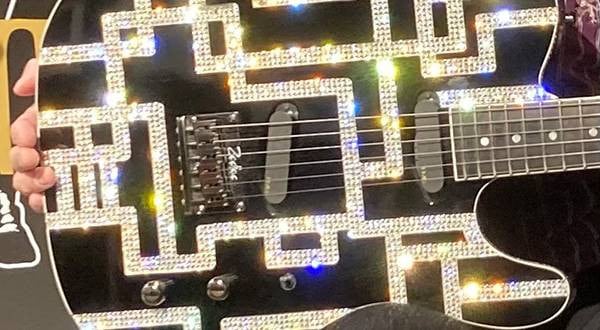
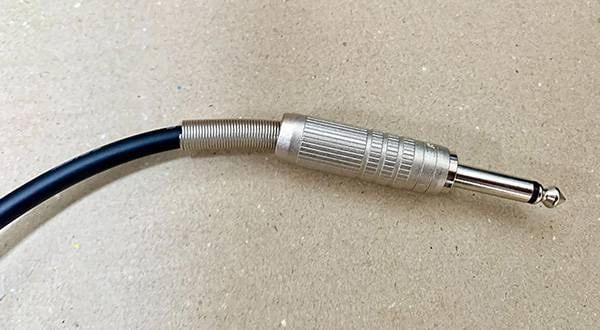

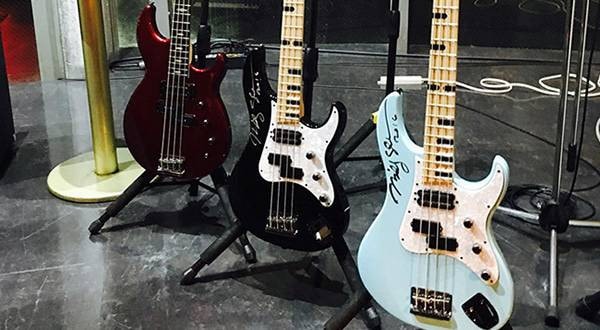

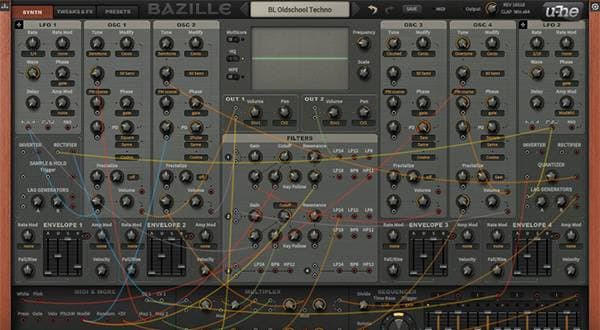
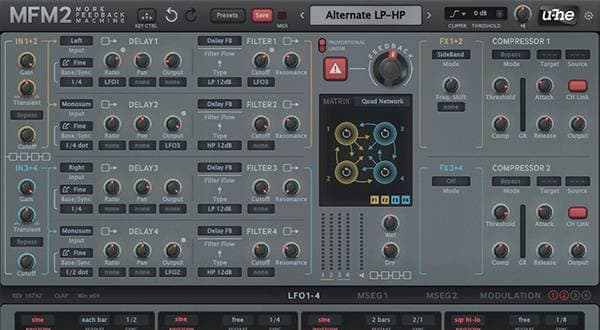
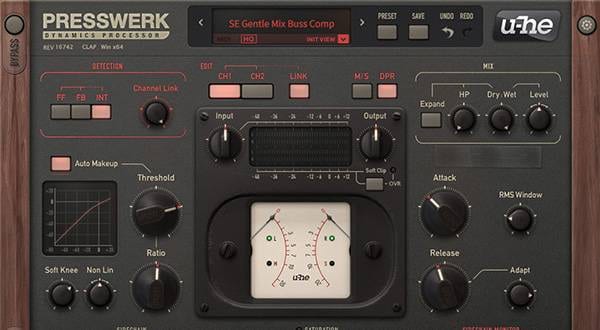
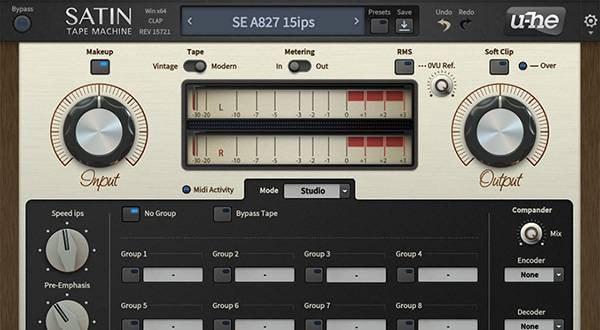
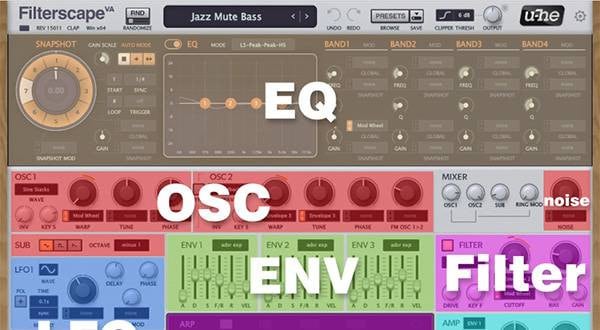
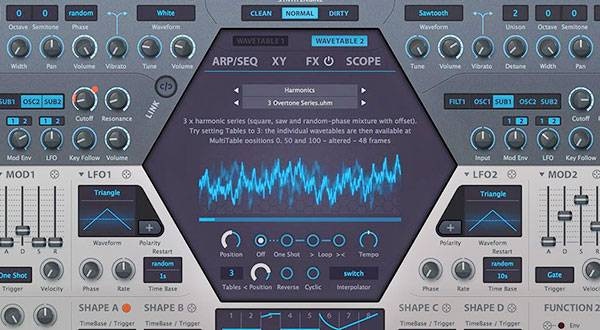
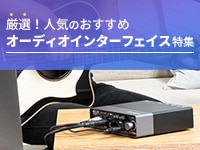 厳選!人気のおすすめオーディオインターフェイス特集
厳選!人気のおすすめオーディオインターフェイス特集
 シンセサイザー 入門ガイド
シンセサイザー 入門ガイド
 DTMセール情報まとめ
DTMセール情報まとめ
 スタジオモニタースピーカーを選ぶ
スタジオモニタースピーカーを選ぶ
 機能で選ぶ オーディオインターフェイス
機能で選ぶ オーディオインターフェイス
 DTM・DAW購入ガイド
DTM・DAW購入ガイド
